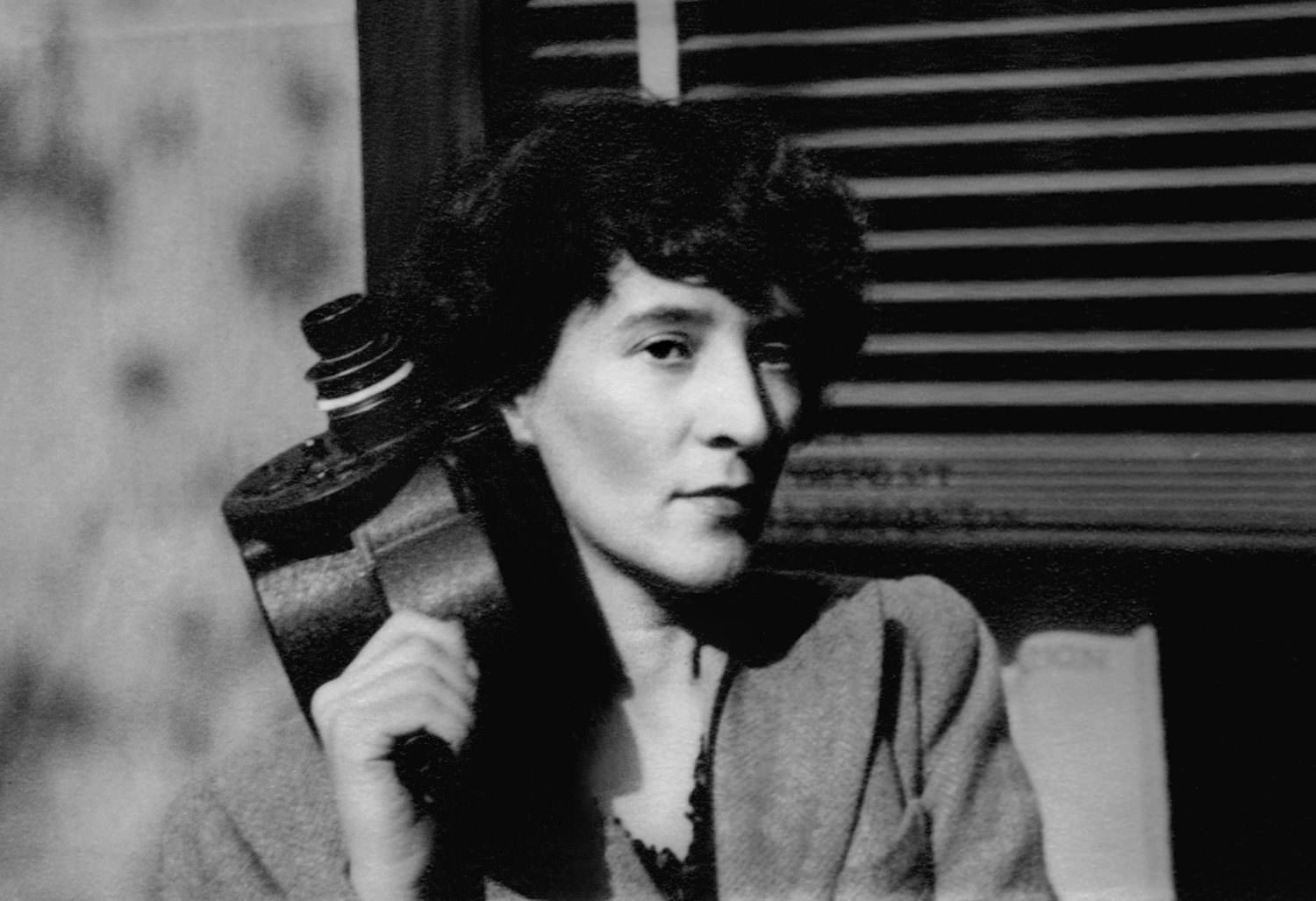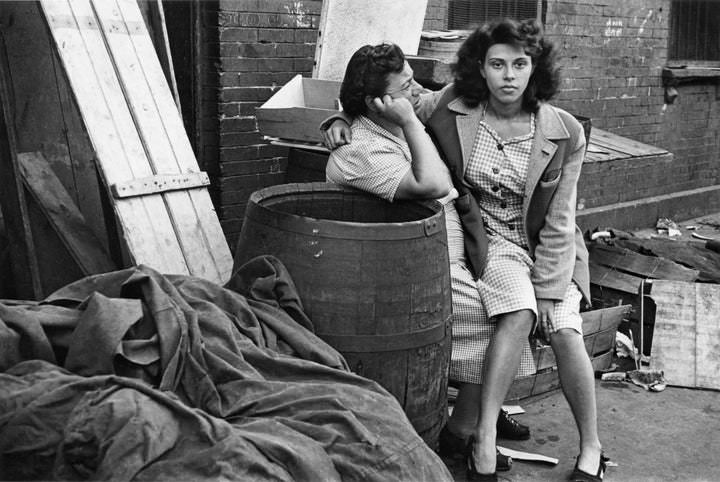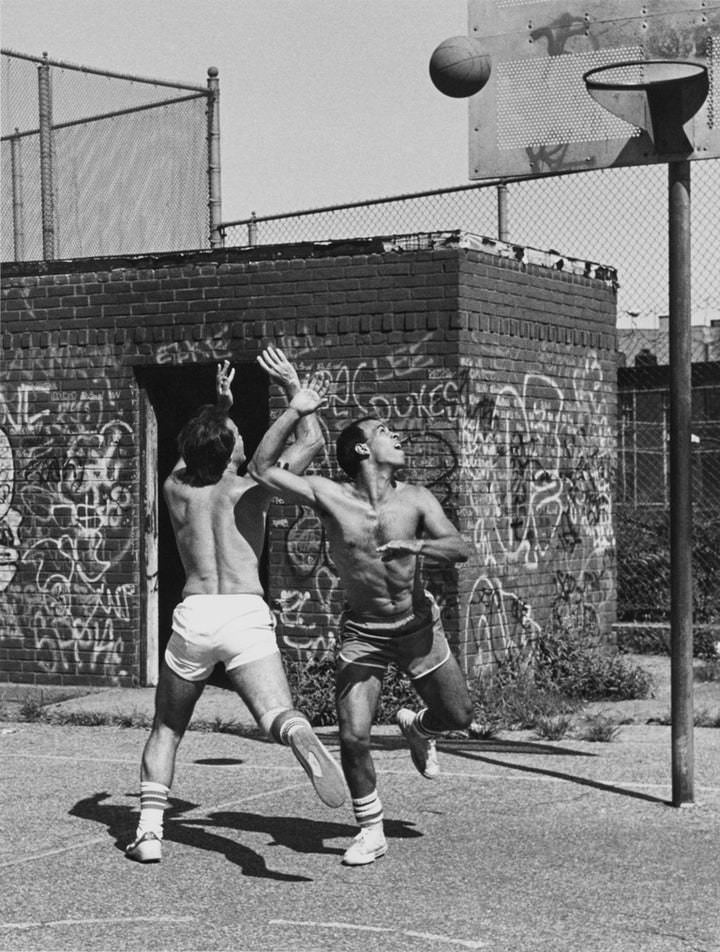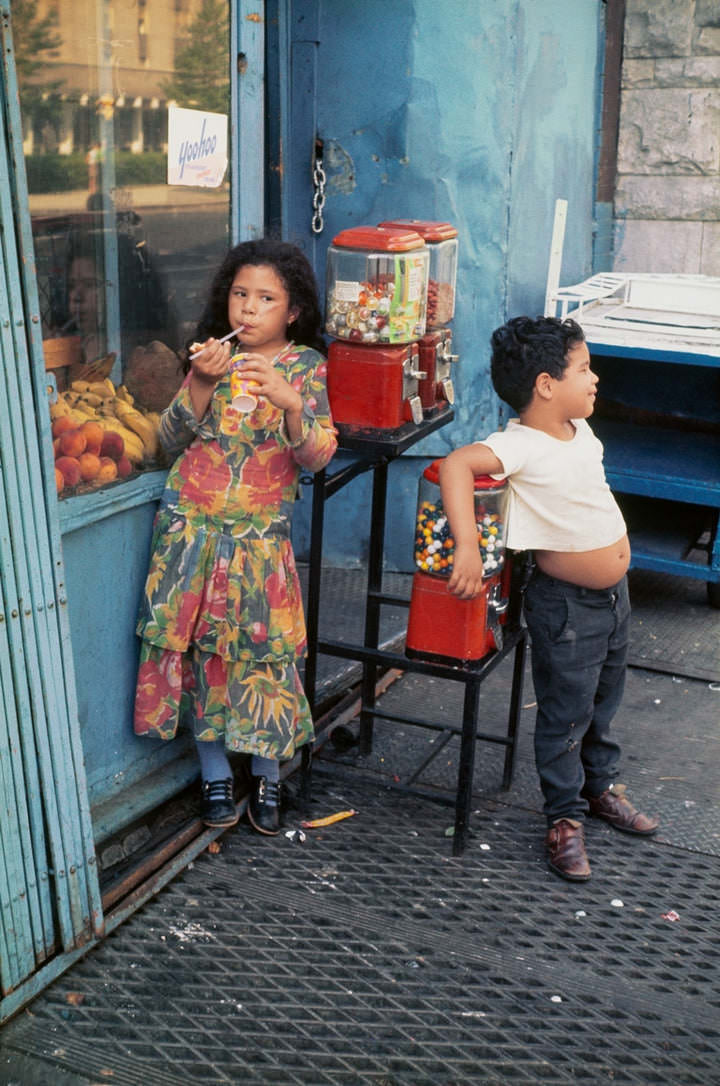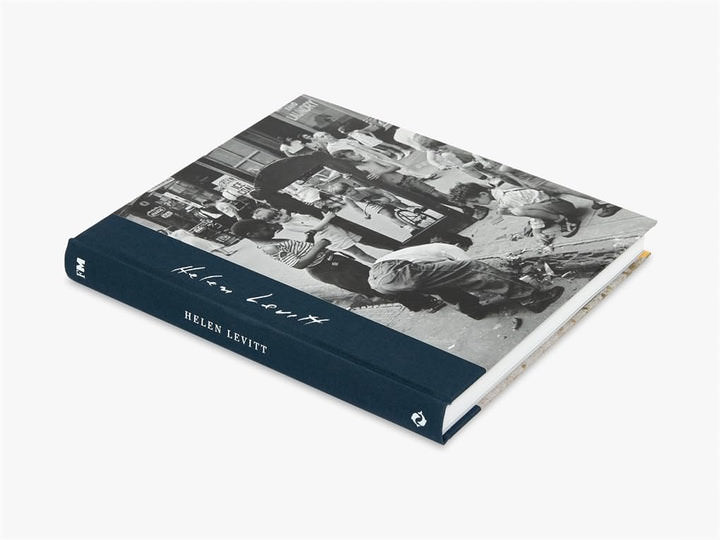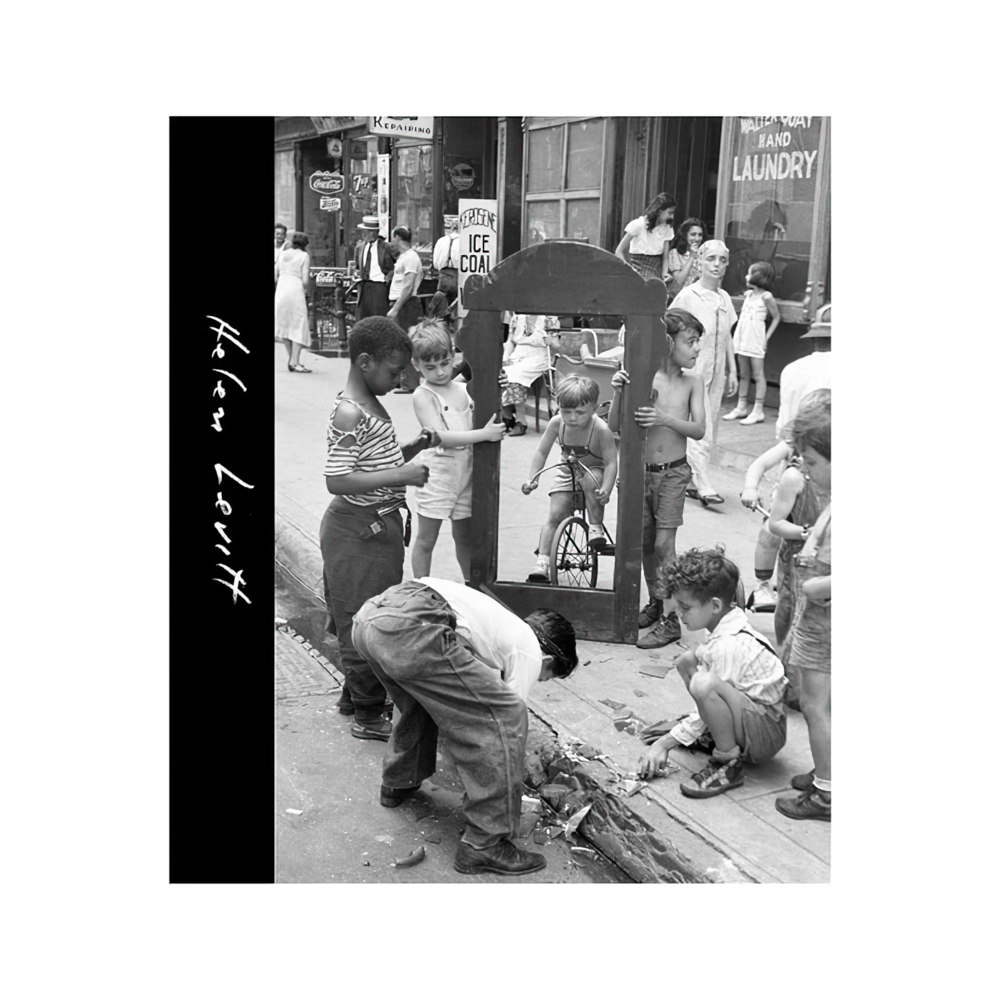Joshua Chang, Joel Sternfeld, Elizabeth Gand, Lauren Graves, Monica Bravo, Freya Field-Donovan, Anne Bertrand: Helen Levitt
Across more than sixty years, Helen Levitt (1913–2009) wandered the streets of New York City—her birthplace—with a small camera in hand. Inspired in part by Henri Cartier-Bresson, she drew from the city’s everyday theatre, embracing its unpredictability to record fleeting scenes of urban life. Through her attentive eye, she shaped a unique visual vocabulary built from quiet, personal observation. Her images, marked by a tender awareness of human expression and movement, embody what James Agee described as the “unfiltered spontaneity of genuine folk art.”
Created to accompany a major travelling exhibition—the first to draw comprehensively from her complete archive—this expansive volume presents the full scope of Levitt’s creative output. Alongside her most celebrated photographs, it reveals rarely seen early images from her first year using a Leica, as well as all fifty pictures included in the original sequence of her influential 1965 photobook A Way of Seeing, represented through the master prints she preserved.
Essays by a diverse group of scholars and specialists—including the contributors listed above—explore essential thematic, technical and biographical aspects of Levitt’s work. Topics include her 1941 photographic trip to Mexico, her pioneering experiments with colour in the 1950s, and her late production from the 1980s. Together, these analyses offer an authoritative perspective on one of the most significant and enduring photographic voices of the twentieth century.
About the Author
Helen Levitt (1913–2009), born and bred in New York City, devoted the majority of her career to photographing the daily life of its streets. She first became interested in photography in 1931 and learned the fundamentals of darkroom work while assisting a portrait photographer. By the time she was sixteen, she had already resolved to pursue photography professionally. Profoundly influenced by the work of Walker Evans and Henri Cartier-Bresson—both of whom later became close acquaintances—Levitt adopted a 35mm camera in the spirit of Cartier-Bresson and began focusing on the subject that would occupy her for the next four decades: the rich social fabric of urban neighborhoods, especially scenes involving children, women, and animals.
Her photographs began appearing in publications such as Fortune, U.S. Camera, Minicam, and PM in 1939. Her first solo exhibition was organized by Beaumont and Nancy Newhall at the Museum of Modern Art in 1943, and three years later she received a photography fellowship from the museum. Levitt’s work also attracted staunch supporters in Walker Evans and James Agee; the latter would write the text for A Way of Seeing—a project developed in the 1940s but not published until 1965, and which includes many of her most iconic images.
Although widely recognized for her black-and-white photographs, Levitt was also an early and dedicated practitioner of color photography beginning in the 1950s. Her filmmaking ventures include The Quiet One and In the Street, the latter created in collaboration with Agee. Over the course of her career she was awarded a Guggenheim Fellowship and a National Endowment for the Arts Photography Fellowship, and in 1997 she received the International Center of Photography’s Master of Photography Infinity Award.
Levitt’s photographs are celebrated for their nuanced portrayal of everyday life in New York’s tightly knit neighborhoods during the 1940s and 1950s. Her deep familiarity with the communities she photographed gives her images an uncommon immediacy and honesty. While her early work holds a special place in the history of American photography, her later images—documenting a changing urban landscape—are equally compelling.


